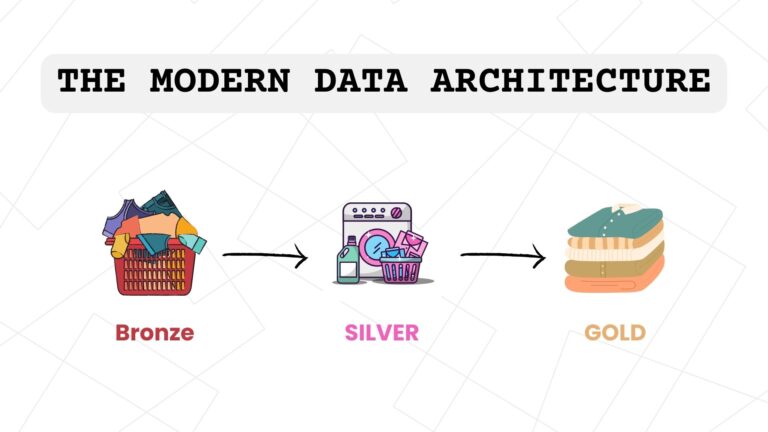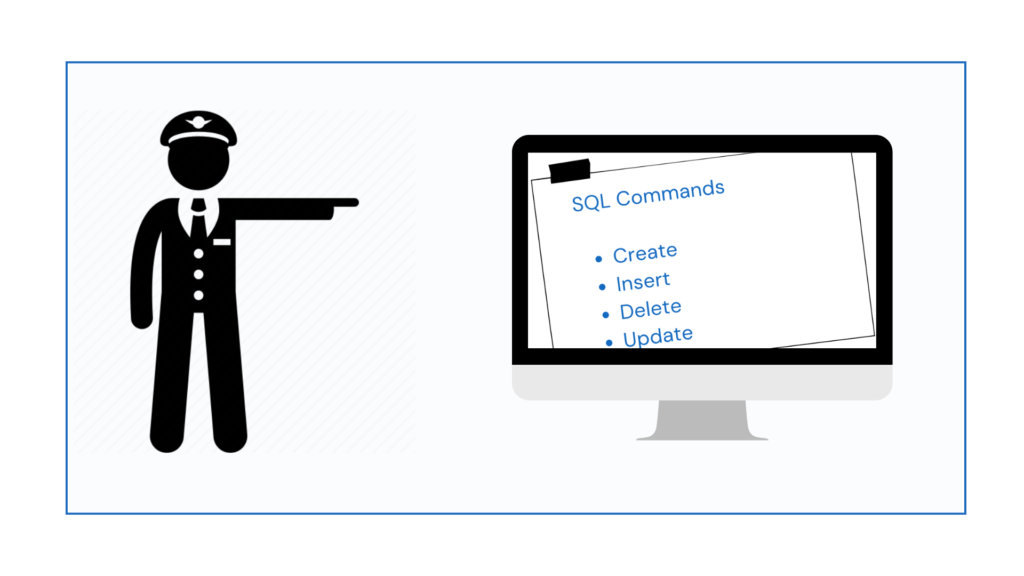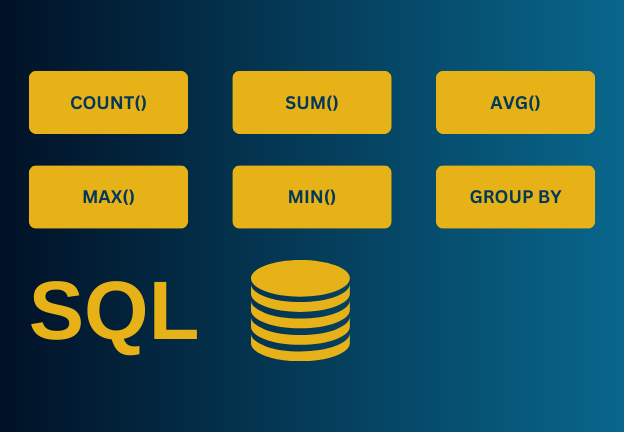What Is Big Data, Really? (And Why It Still Matters More Than Ever)
Before AI became the tech buzzword of the decade, there was another heavyweight champion in town: Big Data.
You couldn’t scroll through LinkedIn or sit through a conference without someone dropping the phrase. Startups bragged about “leveraging Big Data,” corporations built entire roadmaps around it, and consultants practically printed money just by saying it out loud.
Then, like a trend that faded out of fashion, Big Data seemed to vanish from the spotlight.
But here’s the truth: Big Data didn’t go away.
It just moved backstage—quietly powering the AI revolution that now dominates headlines. Every chatbot you talk to, every image recognition model, every recommendation engine you use? They’re all built on mountains of data. And that’s exactly what Big Data is.
So if you’ve ever found yourself wondering what Big Data actually is, how we ended up drowning in it, and why it still shapes the world around us—this is your guide. No buzzwords, no jargon. Just real talk.
We’re Drowning in Information. Now What?
Let’s start with a simple image.
Picture walking into your kitchen and discovering that every dish, spoon, mug, and food wrapper you’ve ever used has been duplicated—a thousand times. They’re all piled up in random corners, growing by the second. Then someone asks you, “Hey, can you find your favorite coffee mug?”
That’s basically the situation we’re facing with data today.
Every second, we generate more and more of it:
- Every Google search
- Every text you send
- Every Uber ride
- Every fitness tracker reading
- Every smart home sensor ping—even your fridge might be quietly collecting data
To put it in perspective: more data is generated every two days now than in all of human history up to 2003. That’s not a typo. It’s a tidal wave.
And it raises an obvious question: What are we supposed to do with all of this?
So… What Is Big Data?
At its core, Big Data is just what it sounds like: a lot of data. But it’s not just about size.
What makes Big Data different is that it’s too large, too fast, or too messy for traditional tools like Excel or your average database to handle. That’s why tech folks often describe Big Data using the “3 Vs”:
- Volume – The sheer amount of data (think terabytes, petabytes, even exabytes)
- Velocity – The speed at which it’s generated (think real-time tweets or stock trades)
- Variety – The types of data (not just spreadsheets, but images, audio, GPS, video, and more)
Over time, more Vs were added—like Veracity (can we trust it?) and Value (is it useful?)—but those original three help explain what makes this stuff so different from your average Excel workbook.
Think of It Like a Mall Security Room
Here’s a helpful analogy.
Imagine you manage security at a massive shopping mall. Cameras are recording, credit cards are swiping, people are posting selfies, and sensors track how crowded the food court is. Data is coming from every corner—and fast.
Now your boss says, “Tell me who spent the most money, which store was busiest, and how many people visited the food court in the last 24 hours.”
You can’t sit and watch all the footage or read every receipt. You need smart tools to collect, organize, and analyze all that information—and make sense of it quickly.
That’s exactly what Big Data is doing for the world. Just on a much bigger scale.
How We Actually Work With Big Data
To make Big Data useful, we need a pipeline. It’s a series of steps that takes raw, chaotic data and turns it into something actionable. Here’s the basic flow:
- Collect – From phones, websites, sensors, wearables—you name it.
- Store – In systems that can handle huge scale, like Hadoop clusters or cloud storage.
- Process – Clean and organize the data using tools like Apache Spark or Kafka.
- Analyze – Use algorithms (often machine learning) to find patterns or make predictions.
- Visualize – Present it in a form people can understand, like dashboards or alerts.
And then comes the part everyone’s talking about now: AI.
Modern AI models—like the ones behind voice assistants, facial recognition, and recommendation engines—need mountains of data to get smart. Big Data is the fuel. Without it, AI wouldn’t be possible.
So next time Netflix seems to magically know what show you’re in the mood for? That’s the Big Data pipeline at work behind the scenes.
Let’s Get a Bit Nerdy (But Just a Bit)
Traditional tools like Excel just can’t keep up with Big Data. Why? Because they’re built to handle one file, on one machine, at a time.
But Big Data platforms do something clever: they split the work up. Instead of one machine trying to eat the whole buffet, they give each machine a plate. Everyone pitches in at the same time.
Take Hadoop. It breaks giant data sets into pieces, distributes them across many servers, processes them in parallel, and then pulls everything back together.
Or Apache Spark, which is like Hadoop but faster—especially when speed really matters, like during a traffic surge on Uber or a flash sale on Amazon.
And instead of just traditional relational databases, we now use:
- NoSQL databases like MongoDB for flexible, unstructured data
- Data lakes for storing raw data until we figure out what to do with it
- Cloud platforms like AWS, Google Cloud, and Azure, which offer on-demand scale and storage
Basically, Big Data isn’t a single tool—it’s an entire toolbox.
Where You’ve Already Seen Big Data in Action
Big Data isn’t just a concept floating around in tech presentations. It’s already embedded in your daily life.
- Spotify tracks your skips, replays, mood, and more to recommend your next jam.
- Amazon analyzes browsing habits, purchase patterns, and even mouse movements to personalize your shopping experience.
- Smartwatches monitor your heart rate, sleep, and activity—feeding data into health systems that can flag issues early.
- Traffic systems in smart cities use sensors to adjust lights, reroute garbage trucks, or predict accidents before they happen.
- Banks rely on massive data histories to detect fraud in real time.
Big Data is already shaping everything from how cities run to how you choose your next meal.
But… Is Big Data Always a Good Thing?
Not necessarily.
Just like any powerful tool, Big Data comes with risks and trade-offs.
- Privacy – When every move, message, or location ping becomes data, who owns that data? And who gets to use it?
- Bias – If biased data goes in, biased results come out. This is a real problem in areas like hiring, credit scoring, or predictive policing.
- Overload – Some companies hoard data they don’t even need, “just in case.” That can backfire—cluttering systems or creating unnecessary risks.
In short, Big Data isn’t magic. It’s a powerful system that needs to be used with care, transparency, and ethics.
As Tim O’Reilly once said, “Data is a precious thing and will last longer than the systems themselves.” But only if we use it wisely.
Why It All Matters
So the next time your favorite app seems to “just know” what you want, or your city fixes a pothole before you even report it, remember: Big Data is quietly doing its job.
It’s not about giant spreadsheets or complex code. It’s about turning the messiness of the world into insights we can actually use.
Big Data is how we make sense of our digital lives—and increasingly, our physical ones too. It’s not dead. It’s just become part of the infrastructure that powers everything else.
And that’s why understanding it—really understanding it—is more important than ever.
Simple Takeaway: The Big Data Flow
To recap, here’s a five-step mental model for what Big Data really means:
Collect → Store → Process → Analyze → Visualize
That’s the basic loop. Whether you’re a Spotify engineer or a city planner, those steps help turn data chaos into clarity.
And now, the next time someone drops the term “Big Data,” you won’t just nod politely—you’ll actually know what it means.








